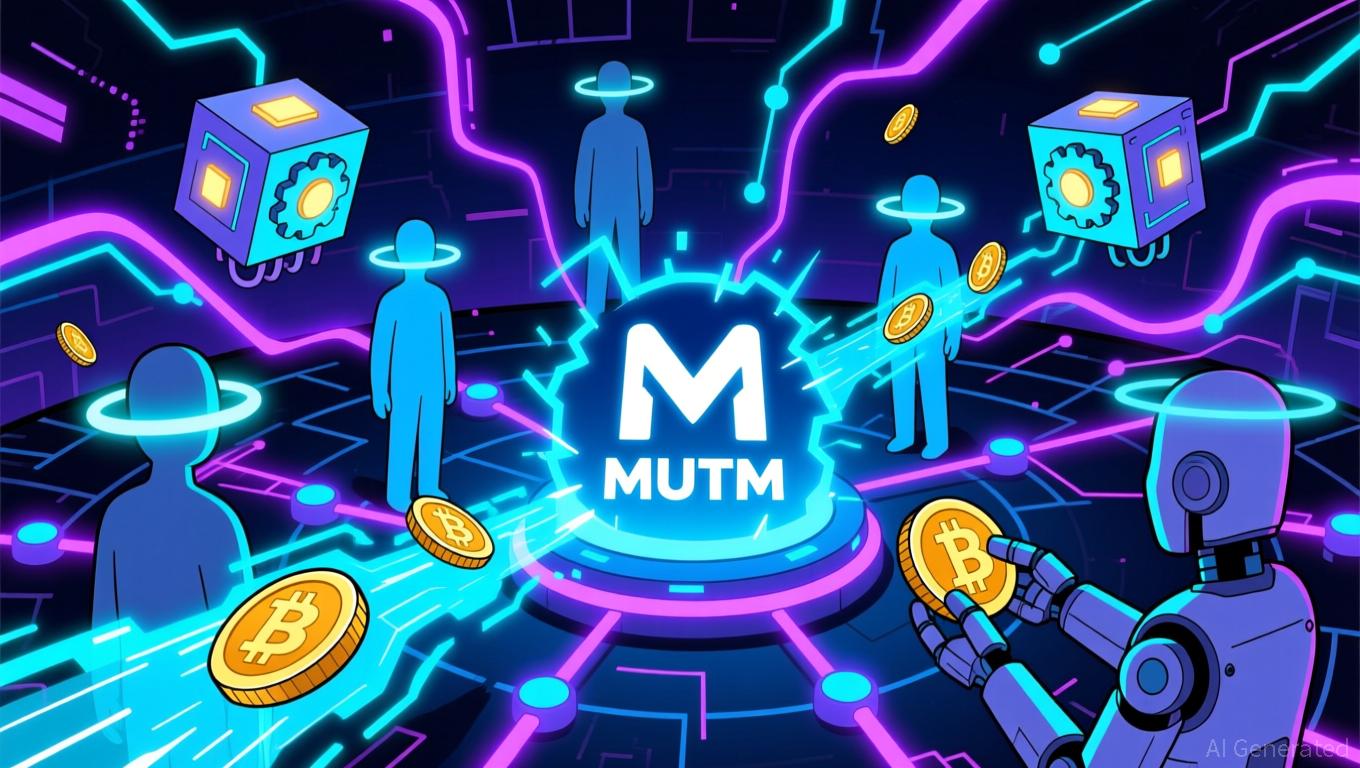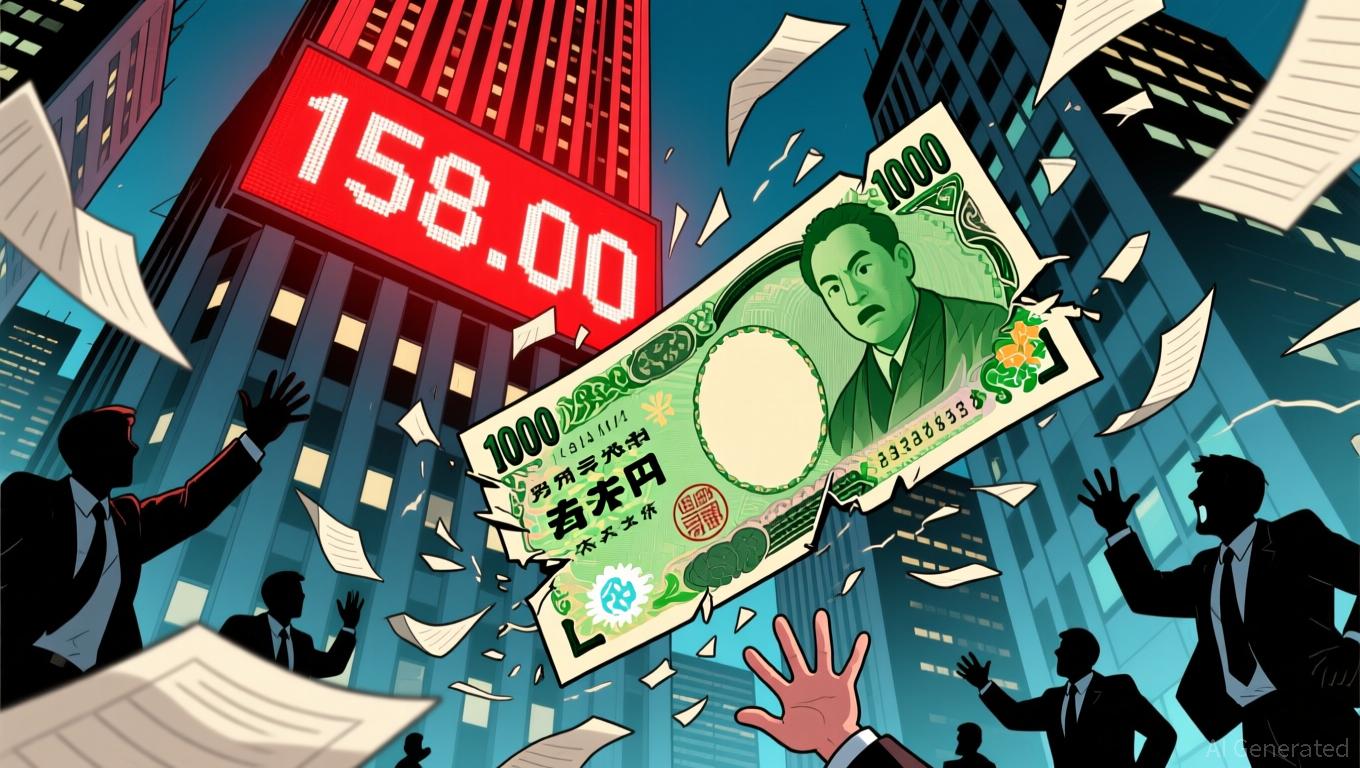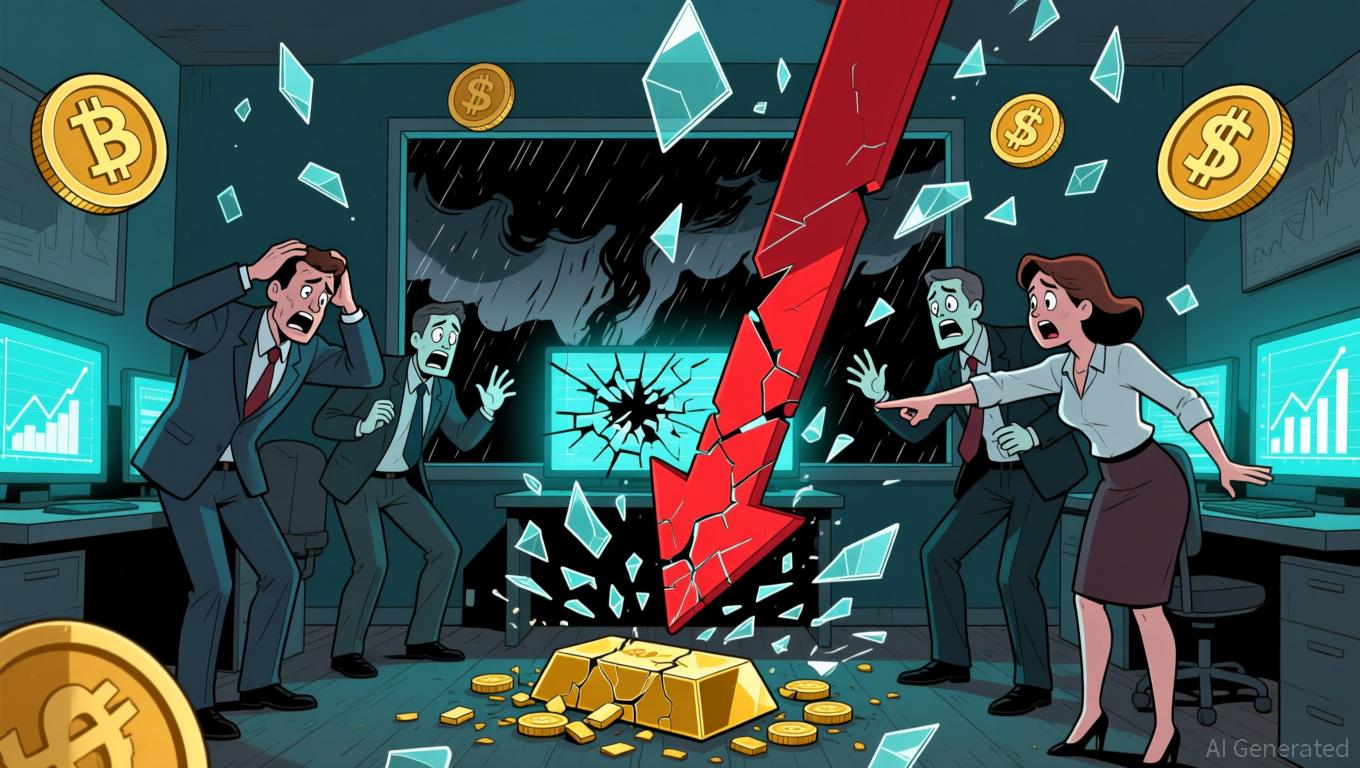Reversible USDC Ignites Discussion: Is It Possible to Balance Security and Decentralization?
- Circle explores reversible USDC transactions, challenging blockchain immutability. - Refund Protocol uses smart contracts for on-chain dispute resolution via programmable escrow. - Cetus Protocol hack highlights urgency for reversibility amid decentralization debates. - Industry adopts TradFi features to balance security and decentralization in stablecoins. - Debate persists over whether centralization measures undermine blockchain's core principles.

Circle, which ranks as the second-largest stablecoin provider, is considering ways to make transactions with its
To tackle this issue, Circle has launched the Refund Protocol, a non-custodial smart contract framework that supports on-chain dispute resolution for USDC transactions. This protocol uses programmable escrow, letting users secure funds in a smart contract until a neutral third party resolves any disputes. If a refund is approved, the funds are sent to the intended recipient; otherwise, merchants can access the funds after a set holding period. The system is designed to replicate the chargeback process found in traditional finance, while still preserving decentralized oversight Circle Introduces Refund Protocol, a Smart Contract System for … [ 3 ].
The necessity for such innovations became clear after the
Circle’s strategy mirrors a wider movement in the industry to incorporate elements of traditional finance (TradFi) to build trust in stablecoins. Tarbert highlighted the importance of allowing "a certain level of reversibility for fraud" as long as all participants consent to the rules. This approach is consistent with Circle’s enterprise-focused projects, such as its Arc blockchain, which uses Fireblocks’ custody and compliance solutions to power large-scale stablecoin operations. Arc is designed to deliver a secure, interoperable platform for cross-chain payments and capital market activities.
Regulators and the market have responded in varied ways to these changes. The U.S. has enacted the GENIUS Act to provide clearer guidelines for stablecoin oversight, while competition in the space remains fierce, with
The introduction of the Refund Protocol and the conversation around reversible transactions highlight the shifting function of stablecoins as a bridge between conventional and digital finance. By confronting threats like fraud and hacks, Circle hopes to encourage broader adoption, all while managing the fine line between technological progress and decentralization. As competition in the stablecoin arena heats up, how the industry balances these opposing demands will be crucial in shaping the digital asset landscape going forward.
Disclaimer: The content of this article solely reflects the author's opinion and does not represent the platform in any capacity. This article is not intended to serve as a reference for making investment decisions.
You may also like
Bitcoin News Update: The Intense Innovation Battle in Crypto: Mutuum's Presale Momentum Competes with Munari's Drive for Stability
- Mutuum Finance’s presale nears $20M with 5% tokens remaining, driven by 250% price growth and strong retail demand. - Bitcoin Munari completes Solana-to-mainnet integration, securing 2027 launch via 1:1 token conversion and third-party audits. - Both projects highlight DeFi innovation but face risks: Mutuum’s rapid price spikes and Munari’s interoperability challenges raise execution concerns. - Experts warn investors about speculative nature of presales, citing potential losses amid unproven tech and vo

Policy Showdown: Yen’s Decline Challenges Japan’s Economic Unity
- Japan's yen plunges to 10-month lows as dovish BoJ policies and fiscal stimulus clash with U.S. rate differentials. - Governor Ueda emphasizes data-driven decisions while Finance Minister Katayama warns of "disorderly" market intervention risks. - 21.3-trillion-yen stimulus package raises inflation to 3.0%, deepening policy tensions between fiscal expansion and monetary restraint. - Fed's delayed rate cuts and geopolitical factors like China's tourism decline compound yen's vulnerability to speculative s

Bitcoin Updates: Crypto Fear Index Drops to 11—Is This the Market Floor or Could Prices Fall Further?
- CMC Crypto Fear and Greed Index hits record low of 11, reflecting extreme market panic amid heightened volatility and regulatory uncertainty. - Bitcoin's 30% and Ethereum's 41% declines mirror broader selloffs, with MSTR losing 60% and BitMine dropping 52% as crypto-linked equities collapse. - Bank of America warns of 2018-style capitulation risks from stretched valuations and Fed rate-cut expectations, while PrimeXBT expands Solana integration to navigate sector challenges. - Analysts debate cyclical bo

Global authorities tighten oversight on cryptocurrencies as the yen’s decline highlights underlying economic vulnerabilities
- Bitcoin prices dropped globally as the yen hit a 10-month low, contrasting Canada's stablecoin regulatory advances with Asia's economic fragility. - Japan faces pressure to raise interest rates amid yen depreciation, while a ¥21.3 trillion stimulus aims to balance inflation and growth risks. - Canada's Bank of Canada will oversee stablecoin reserves, aligning with U.S. crypto regulations and signaling global tightening of crypto oversight. - UK's "Operation Destabilise" uncovered a $1B Russian-linked lau
